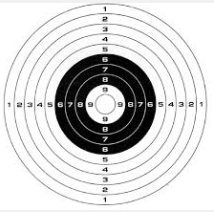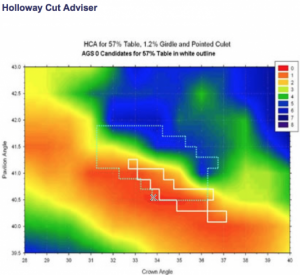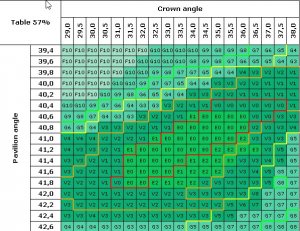- Joined
- Aug 25, 2014
- Messages
- 7
Dear Friend I have a some questions regarding HCA.
I bought two stone one is the GIA cert 2161365593 3X, matching AGS cur OO1, and AGA 1B. But how is possible that using HCA the score of this beautiful stone is only 2.5??
And also regarding GIA cert 2177860435 3X, AGA 1B, how is possible that using HCA the score of this beautiful stone is only 3.7??

Please help me to understand.
I bought two stone one is the GIA cert 2161365593 3X, matching AGS cur OO1, and AGA 1B. But how is possible that using HCA the score of this beautiful stone is only 2.5??
And also regarding GIA cert 2177860435 3X, AGA 1B, how is possible that using HCA the score of this beautiful stone is only 3.7??
Please help me to understand.










300x240.png)